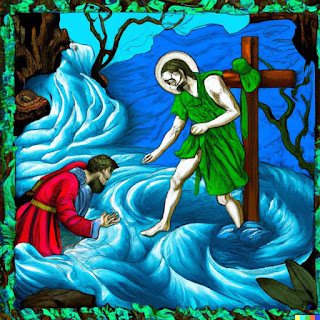The psychology of possession and spiritual experiences

Please discuss the psychology of possession and spiritual experiences. The psychology of possession and spiritual experiences is a complex and multifaceted topic. From a scientific perspective, such experiences are often viewed as manifestations of altered states of consciousness or psychological disorders. However, from a spiritual or religious perspective, they are often seen as interactions with otherworldly beings or supernatural forces. One theory that attempts to explain possession experiences from a psychological perspective is the dissociative identity disorder (DID) theory. According to this theory, possession experiences may be the result of a dissociative state in which an individual experiences a separation of their sense of self from their physical body. In this state, the individual may feel as though they are being controlled by an external entity or force. Other psychological theories suggest that possession experiences may be the result of suggestibility,...






